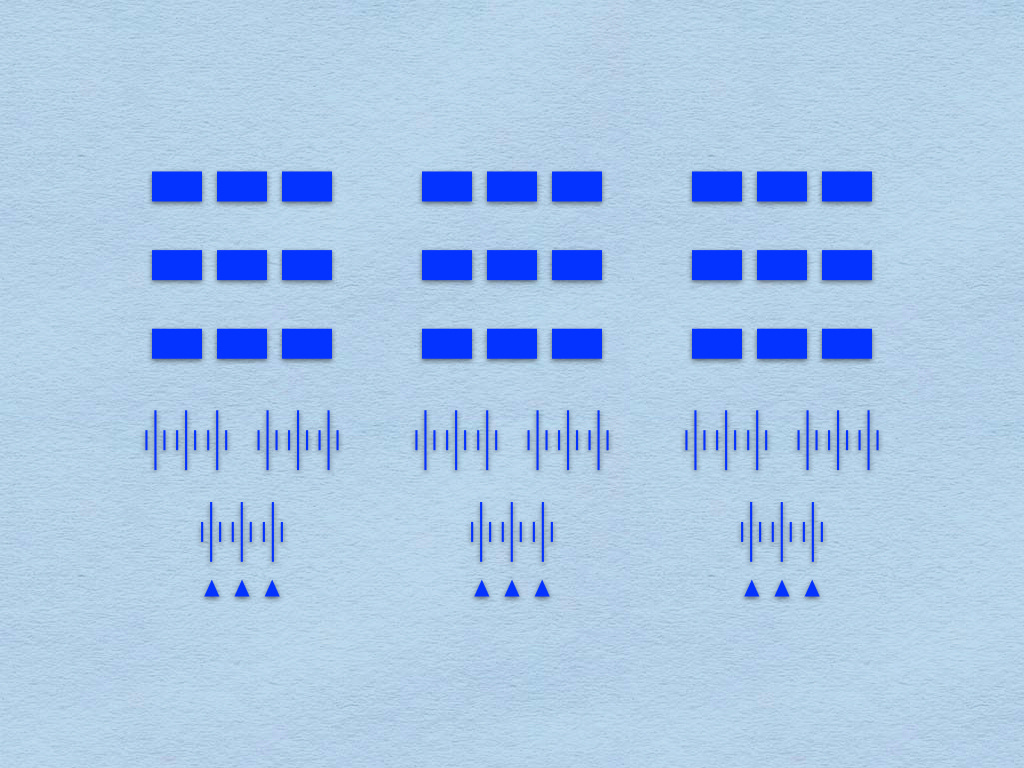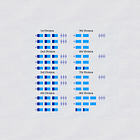In the course of the two Balkan Wars, the Kingdom of the Greeks grew considerably. In October of 1912, it ruled over 2,450,000 people and 66,700 square kilometers of land. In August of 1913, the population had more than doubled (to 5,000,000) and the territory had increased by fifty-six percent (to 120,000 square kilometers.)
Thanks to this phenomenal increase in population and revenue, the Greek Army could conscript more men and buy additional guns. Thus, at the end of the Second Balkan War, the War Ministry in Athens began to look at different ways to turn these resources into units and formations.
The first proposal called for an army that, while much larger than that of 1912, was organized in much the same way. Thus, the peacetime army would consist of eleven divisions, the wartime army of eleven active divisions and eleven reserve divisions.
The second proposal introduced six army corps into the hierarchy of formations. Until a sufficient number of new units had been raised and sufficient weapons acquired, each of these was to consist of a field artillery regiment (of six batteries), a mountain artillery battalion (of three batteries), and one or two infantry divisions. Once the planned program of expansion had been completed, each army corps would have three divisions, each of nine infantry battalions, six field batteries, and three mountain batteries.
Neither proposal called for the provision of either cavalry or Evzones to divisions. Rather, the one brigade of cavalry and the twelve battalions of Evzones would continue to report directly to the Army High Command.
For Further Reading:
Sources:
“Das Heerwesen Griechenlands” Löbell’s Jahresberichte, 1913, pages 82-89
“Reorganisation des Griechischen Heeres” Streffleurs Militärische Zeitschrift, November 1913, pages 1,926-1,928







